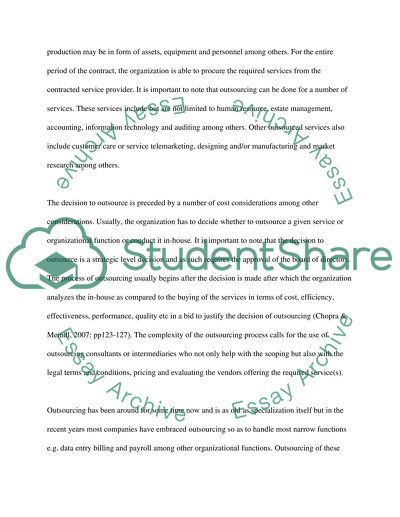Cite this document
(“Human Resource Management in an Organization Essay”, n.d.)
Retrieved from https://studentshare.org/miscellaneous/1525605-human-resource-management-in-an-organization
Retrieved from https://studentshare.org/miscellaneous/1525605-human-resource-management-in-an-organization
(Human Resource Management in an Organization Essay)
https://studentshare.org/miscellaneous/1525605-human-resource-management-in-an-organization.
https://studentshare.org/miscellaneous/1525605-human-resource-management-in-an-organization.
“Human Resource Management in an Organization Essay”, n.d. https://studentshare.org/miscellaneous/1525605-human-resource-management-in-an-organization.


